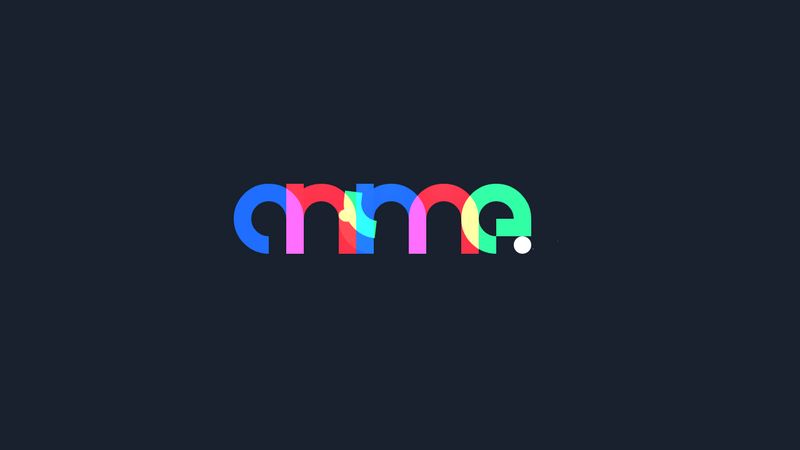Curious about the buzz around JavaScript libraries? Learn how frameworks are changing the game, especially in fintech, with our expert insights.
More...
Top software developers often rely on various tools to enhance their workflow and create robust applications for web development.
Among these tools, JavaScript libraries stand out as powerful assets that can significantly simplify and expedite the development process.
Understanding JavaScript Libraries
JavaScript libraries are collections of pre-written JavaScript code that provide solutions for common programming tasks. These libraries act as a bridge, filling the gap between the raw capabilities of JavaScript and the higher-level functionalities that developers frequently need.
Considering the ongoing demand and importance of front-end development, many libraries have been developed to supercharge the front-end development process. These libraries offer versatile functionalities, from simplifying complex tasks to providing new features, enabling developers to deliver richer user experiences.

The Rise of JavaScript Frameworks
JavaScript frameworks, closely related to libraries, offer a structured way of building web applications. They provide blueprints, and developers can scaffold their applications atop these blueprints. Some of the most popular frameworks in 2023 include React, Angular, Vue, and others. These frameworks have been instrumental in shaping modern web development, offering a blend of flexibility, scalability, and maintainability.
JavaScript frameworks have revolutionized how developers structure their code, facilitating better organization, improved code reusability, and rapid application development. With these frameworks, creating interactive and dynamic web applications has become more streamlined than ever.
Top JavaScript Libraries and Their Features/Benefits
Note: It's essential to differentiate between JavaScript libraries and frameworks. Libraries provide a set of functions and procedures that can be used by developers without creating a whole application from scratch.
On the other hand, frameworks provide a foundation on which to build, guiding the structure of the application.
Below, we will focus exclusively on libraries:
jQuery
Features/Benefits: jQuery simplifies HTML document traversing, event handling, animating, and Ajax interactions for rapid web development. It's known for its concise JavaScript code and simplification of complex tasks.

Lodash
Features/Benefits: Lodash offers utility functions for common programming tasks using the functional programming paradigm. It's particularly useful for tasks like working with arrays, strings, objects, and more. It ensures performance optimization and reliability in code.

D3.j
Features/Benefits: D3 (or Data-Driven Documents) allows developers to produce dynamic and interactive data visualizations in web browsers. It binds arbitrary data to a Document Object Model (DOM), enabling data-driven transformations of the document.

Three.js
Features/Benefits: If you're looking to develop 3D graphics for the web, Three.js is your go-to library. It abstracts the complexities of WebGL, making 3D graphics creation more accessible and enjoyable.

Moment.js
Features/Benefits: Moment.js is a library that helps you work with dates and times in JavaScript. It parses, validates, manipulates, and displays dates and times in various formats, making date-time handling easier and more consistent.

Chart.js
Features/Benefits: Chart.js is a simple yet flexible JavaScript library for designers and developers to create beautiful charts to represent different types of statistics.

Axios
Features/Benefits: Axios is a promise-based HTTP client for making HTTP requests from node.js or XMLHttpRequests from the browser. It offers an easy-to-use API and handles requests and responses in JSON format.

Hammer.js
Features/Benefits: For touch gestures on mobile and desktop, Hammer.js comes in handy. It recognizes gestures made by the user on any device, offering a smoother user experience.

Highlight.js
Features/Benefits: If you're looking to highlight syntax in code snippets on your website or application, Highlight.js is the library for you. It supports over 190 languages and comes with 90+ themes.

Anime.js
Features/Benefits: Anime.js is a lightweight JavaScript animation library. It works with CSS, Individual Transforms, SVG, DOM attributes, and JavaScript Objects, offering a versatile approach to animations.

While the above list provides a comprehensive look at some of the top JavaScript libraries, it's essential to stay updated and choose the right tool for the right task.
Leveraging the power of these libraries can supercharge your projects, ensuring efficiency, scalability, and maintainability.
Fintech and JavaScript: A Powerful Duo
The fintech industry, with its aim of revolutionizing finance via technology, has evolved remarkably over the last decade. Amid this transformation, JavaScript has emerged as an invaluable ally for fintech innovation. Its adaptability, speed, and user-centric design have made it a preferred choice for many fintech solutions.
Financial applications require a combination of razor-sharp accuracy, timely responses, and superior user experience. This is where JavaScript truly shines. With its myriad libraries and frameworks, developers can craft high-performance fintech applications tailored to tasks such as real-time trend analysis, anomaly detection, and even harnessing the capabilities of emerging AI and ML technologies.
The beauty of JavaScript lies in its flexibility. Whether it's for crafting intuitive user interfaces, developing the backend logic for transactional systems, or even full-fledged trading platforms, JavaScript has tools tailored for each use case. Furthermore, fintech projects that deal with mobile banking, online trading platforms, peer-to-peer lending systems, and cryptocurrency wallets, to name a few, can deeply benefit from the proficiency of JavaScript, front end, or full-stack developers.
So, why should fintech companies look into hiring these software developers via staff augmentation?
JavaScript libraries continue to be vital tools for web developers worldwide. They supercharge development processes, enabling the creation of dynamic, responsive, and high-performance web applications. As industries like fintech evolve, the reliance on JavaScript and its ecosystem is set to increase, solidifying its position as an indispensable tool in the developer's toolkit.
Remember, whether you're a startup, an SMB, or an established enterprise, leveraging the right JavaScript libraries and frameworks can make all the difference. If you're looking to supercharge your web development journey, consider IT staff augmentation to bring in the expertise you need.